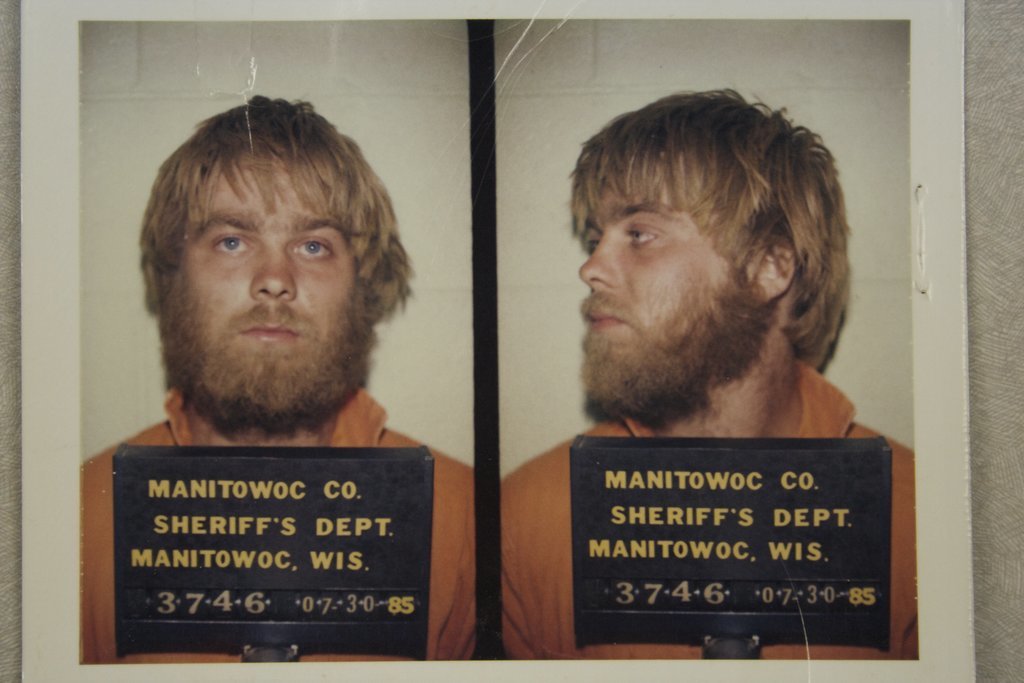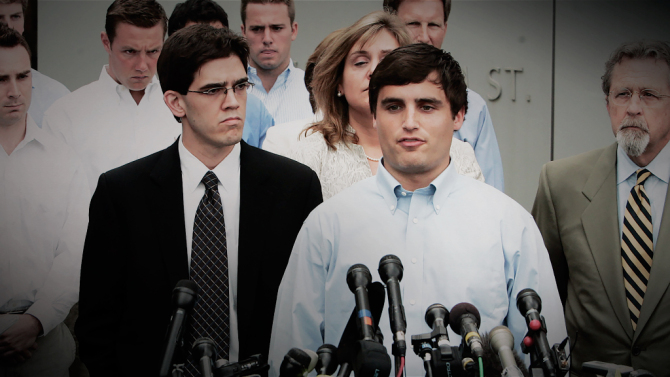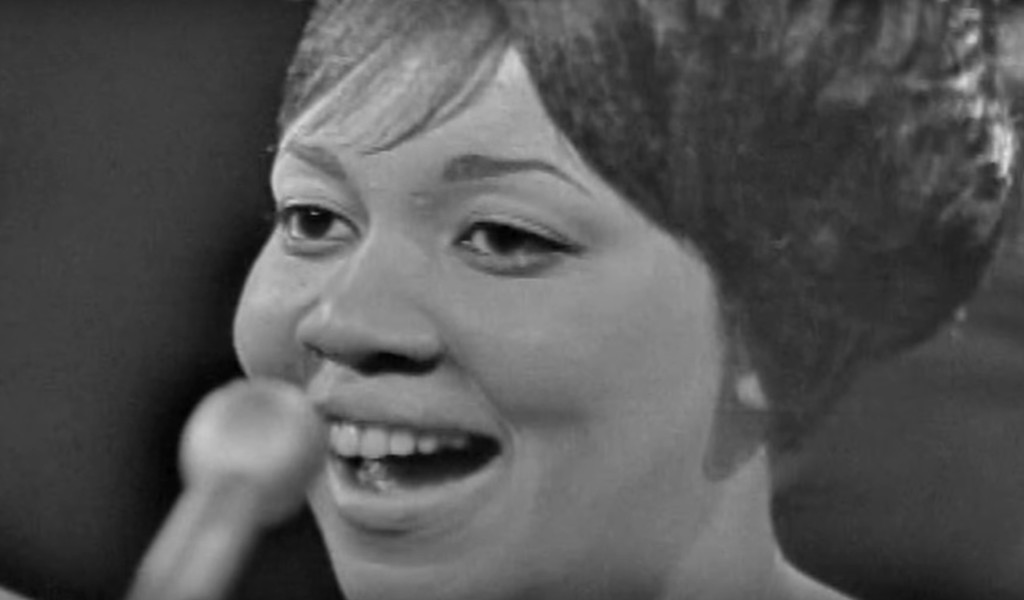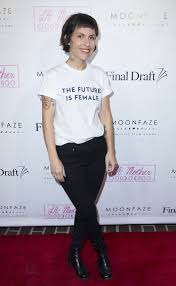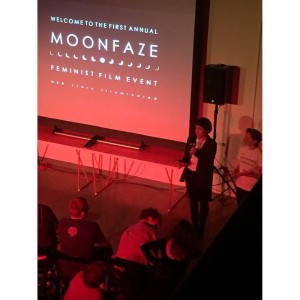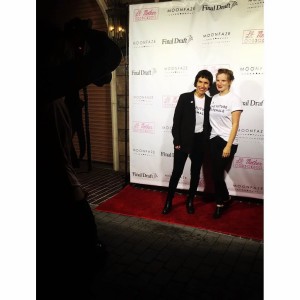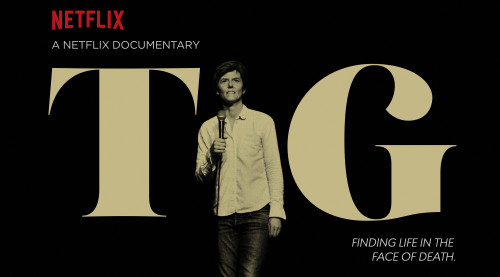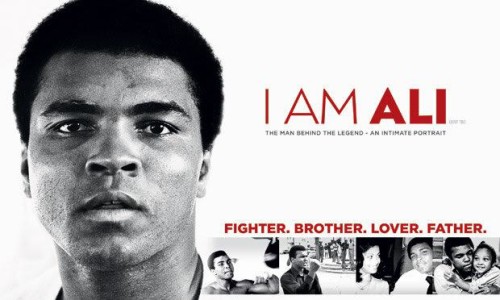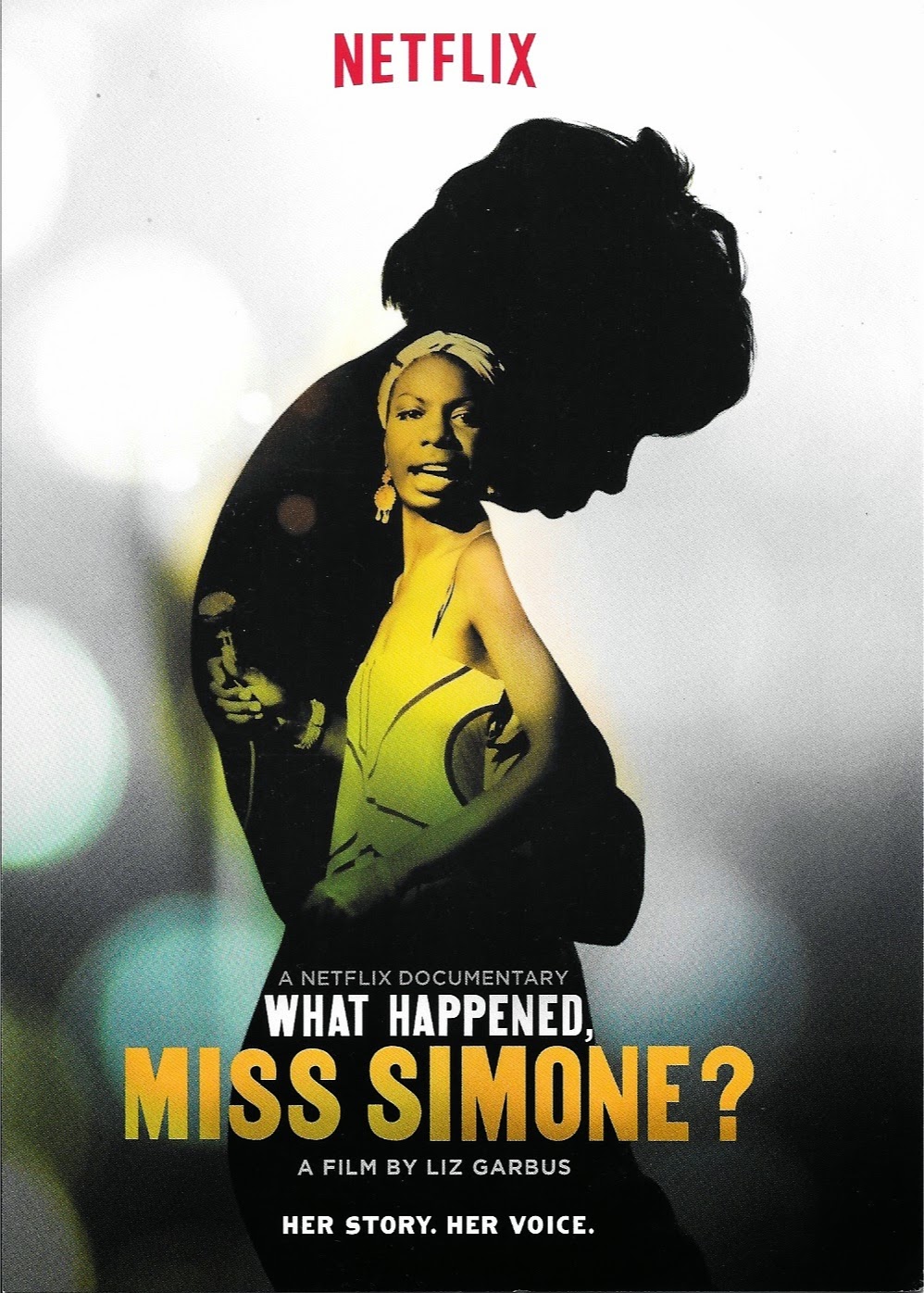Written by Katherine Murray. | Starless Dreams is screening at the Human Rights Watch Film Festival.
You can learn a lot about a culture by listening to the way its inhabitants discuss their disagreements – what they do and don’t say; how they couch their arguments; which topics are tacitly understood to be out of bounds. In Starless Dreams, we learn about the lives of teenage girls inside Iran’s juvenile detention centers, but we also learn how director Mehrdad Oskouei attempts to change hearts and minds in his own country. It’s an attempt that’s packaged for his fellow citizens rather than foreigners and, watching the film as an outsider is a complicated, multilayered experience.
The documentary, which has won multiple awards since its release, including the Amnesty International Film Prize, follows a group of girls who live in a correctional center outside Tehran. For the most part, the girls who appear in Starless Dreams could just as well be living in many other parts of the world. The stories they tell are all too familiar – they come from poor families where there faced violence and substance abuse; they got into crime through their husbands or boyfriends; they were molested, raped, or assaulted at some point; their futures look bleak and “pain drips from the walls.”
The detention center is, in some ways, an oasis from a world they don’t want to return to. Living communally in a dormitory-style room, the girls Oskouei interviews laugh, sing, and build snowmen together. They comfort each other and bond over their shared experiences, good and bad. Most are afraid to go back to their families or back to the street when they’re finally released. All of them harbor a dark, painful story about how they got to this place.
One by one, they open up to Oskouei with incredible candor, revealing that the brave face they put on masks a terrible loneliness and pain. They regret what they’ve done and what’s happened to them – what they’ve become because of what’s happened to them – and they speak to the camera as if this is the first time anyone has asked how they feel. Based on what we hear, it may very well be.
Oskouei doesn’t interview the guards or correctional workers, but we occasionally hear them speak off-camera, or see them drift across the screen. In one scene, one of the girls who’s just been released, tells a female guard that she’s afraid to go outside and see her father – afraid of what he’ll do, afraid she’ll have to run away again, afraid she’ll get back into drugs. The guard tells her, in a frustrated, exasperated tone, that she’s no longer their responsibility, even if she kills herself.
It’s not a very nice thing to say, but it’s reflective of the way prison systems work in many countries, including Canada and the United States. Prisons aren’t built to address the social, systemic factors that lead people to commit crimes in the first place – they’re just meant to punish criminals and send them on their way. The transition plan we see in Starless Dreams could be described as “putting child abuse victims back in the hands of child abusers,” since the rules require that someone from the detainee’s family come to retrieve her. One of Oskouei’s subjects initially refuses to identify herself because she doesn’t want her family to find her again – she says that she ran away because her uncle molested her and that, when she told her mother, her mother called her a liar and beat her. When she eventually relents and the guards contact her family, an off-camera voice says, “I’ll tell them they have to be nice to you,” which is the kind of intervention that doesn’t help at all.
It’s clear that most of these girls need a social worker more than they need a detention center, but that’s not what the system is equipped to provide them. I understand the guards’ frustration – they can’t be everything to everyone; it’s not their job – but there’s something heartbreaking about the way these girls hope the adults in their lives will help them, only to be disappointed each time. There’s a sense in which Oskouei, who they call “Uncle Mehrdad,” may be the only adult to take a genuine interest in their welfare. While he’s doing important work with this documentary, he also packs up his camera and departs after a few weeks, leaving us with the question of what happens after.
There’s a strange scene in the latter half of the film, where the girls are visited by an unidentified religious official. He leads them in prayer and then begins a discussion about “human rights.” We don’t see the whole discussion, but the girls ask him very politely – considering the circumstances – why it is that women have so few rights in Iran. He seems to respond by saying that we can’t do whatever we want in life and need to do what society expects of us. But the record scratch moment for me is when one of the girls, who’s been sentenced to death for killing her abusive father, asks why, if a child kills her father, the child is sentenced to death but, if a father kills his children, it isn’t even a crime.
Starless Dreams doesn’t explain or debate Sharia – or any part of Iran’s judicial system – directly. The problems faced by the girls Oskouei profiles seem – and on some levels, are – universal, but, for a foreign audience, there are occasional reminders that these universal experiences take place in a different social and political context. According to Amnesty International, Iran’s criminal justice system is a terrifying web of torture, mutilation, and execution – sometimes of minors – and women and minorities have few protections under law. Oskouei asked the government to let him make this documentary for seven years, and his stated aim is not to overthrow the judicial system, but to generate a greater feeling of compassion for the girls inside of it. This is how you couch an argument about the prison system in Iran.
One of the truths I’ve learned over the years is that you can’t change someone’s culture from the outside. You can’t do it without speaking the language – not just the literal, actual language of words and sentences and conjugations, but the tacit language; the language where you know how to talk about things within a certain political context. Mehrdad Oskouei speaks Persian better than I do, but I trust that he speaks Iran better than I do, too. Starless Dreams is a much more gentle, and gently melancholy film than I’d expect to see in this context, but maybe it’s the film we need. Maybe it’s one that will actually change the way Iranians see women and girls.
Starless Dreams is screening internationally as part of the Human Rights Watch Film Festival. If you miss the festival, this is a documentary to keep on your list in the upcoming months. It’s isn’t an easy thing to sit with, but it provides a rich entry point into some very complex questions about the state of human rights in Iran and the state of correctional systems internationally.
Katherine Murray is a Toronto-based writer who yells about movies, TV and video games on her blog.




